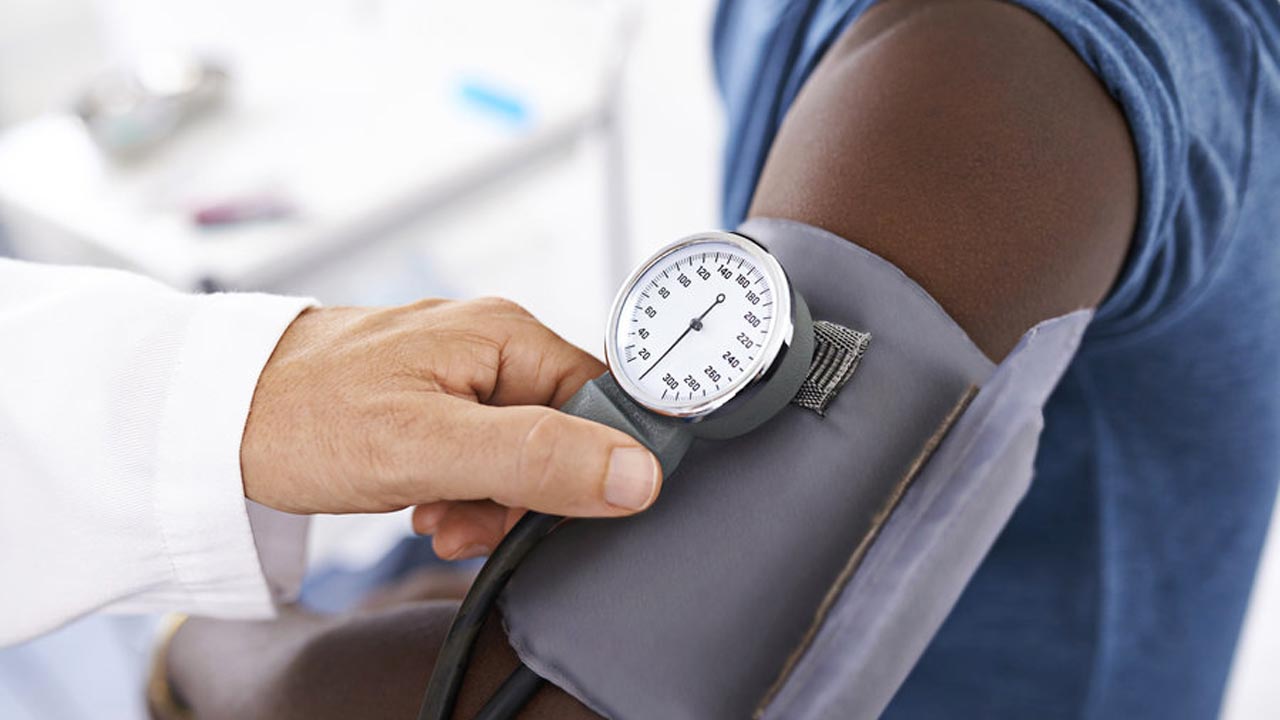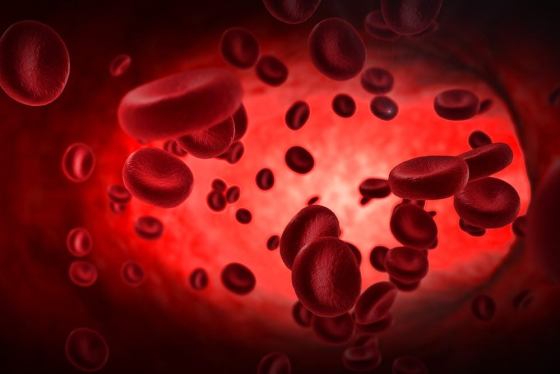. An enzyme in pineapple can help clean teeth and help remove stains.
. White teeth make you look younger. They may also make you look more employable.
Those are the findings from recent studies and surveys on the matter. A British survey of men, women, and dentists, for example, found that a white smile makes you look five years younger, 20 percent more attractive, wealthier, and better educated.
A second survey by Strategy One found that Americans believe having white teeth plays a crucial role in making a good first impression, with 60 percent reporting that discolored or stained teeth were detrimental to a job interview—even moreso than having a pimple or unmanicured nails.
A Match.com survey completed in 2013 also reported that the first two things people rate about a potential partner are teeth and grammar.
The first two of these surveys were sponsored by Oral B and Listerine, respectively, so their findings may come as no surprise. Still, most of us feel that white teeth are important in our social interactions. Yet whitening products aren’t cheap, and can cause sensitivity.
- Are there better alternatives?
- What Causes the Stains in the First Place?
First, it helps to be clear on what causes stains to form. Tobacco is the number-one enemy of white teeth. Tea and coffee are two of the other main culprits. Bacteria left behind, however, can also form into plaque that causes green and orange stains. Early tooth decay can discolor teeth, so proper oral care is critical to keeping teeth white and healthy looking. Diseases that affect enamel, medications, excessive fluoride from environmental sources or rinses, and advancing age can all contribute to the problem.
Foods that Help Whiten Teeth
There are some foods out there that can actually help keep your teeth looking great. Granted, they may not erase years’ worth of stains, but once you have white teeth, they can help you keep them for longer before you have to use harsh products again.
1. Cheese
Don’t have a toothbrush handy? Try snacking on a piece of cheese. A 2013 study published in General Dentistry found that it helped to fight tooth decay. Researchers gave 68 adolescents aged 12 to 15 either cheddar cheese, milk, or sugar-free yogurt. The kids ate for three minutes, and then rinsed with water so scientists could check the pH levels in their mouths. (A lower pH means a more acidic mouth, which raises the risk of erosion.)
The groups consuming milk and yogurt experienced no change in pH levels, but the group eating cheese showed a rapid increase in pH levels at 10, 20, and 30 minutes after eating, suggesting the cheese was lowering acidity and protecting teeth. The researchers added that other compounds in cheese may also adhere to tooth enamel, providing an additional shield against bacteria.
2. Green Tea
It’s a lighter color, so it’s less likely to stain, and on top of that, you get health benefits for your teeth and gums. A 2009 study, for example, analyzed the periodontal health of 940 men. They found that those who regularly drank green tea had healthier teeth and gums than those who didn’t. In fact, for every one cup of tea consumed per day, there was a decrease in the markers of tooth and gum disease.
3. Fruit
A 2010 study reported that eating fruit daily is the best way to whiten teeth. Researchers tried various methods for three months, and determined that strawberries, orange peels, and lemon juice were some of the most effective whiteners you could use. All have enzymes and acids that help break down stains. Just be careful, as too much acid can wear away enamel, so always follow with a glass of water.
A 2013 study from the University of Granada also found that malic acid—which is present in apples—increases saliva, which helps clean teeth and remove stains.
4. Pineapple
Another good fruit for removing stains, pineapple is special because it contains “bromelain,” which is a mixture of natural enzymes that typically work to digest proteins, but can also provide other health benefits. A 2011 study, for instance, found that toothpaste containing bromelain extract provided significant stain removal compared with a control substance.
5. Shiitake Mushrooms
These contain “lentinan,” which is a natural sugar that has anti-bacterial properties. A study by Japanese scientists found that extracts of the mushrooms helped eliminate bacteria in the mouth, which could reduce the risk of plaque-based stains. Better yet, a shiitake mushroom extract worked against the bad bacteria, but not the beneficial types—in that sense, it actually performed better than a leading gingivitis mouthwash.
6. Broccoli
This veggie is rich in iron, which helps fortify teeth against the bacteria that cause stains and decay. Researchers performed an analysis of the effects of broccoli on enamel, and found this to be true. They weren’t sure why, but theorized that the iron created a thin, acid-resistant coating on the surface of teeth, reducing contact with substances that could create wear and tear.
7. Sesame Seed Oil
An old Ayurvedic practice suggests swishing sesame seed oil in your mouth for 15-20 minutes to not only reduce bacteria, but help whiten teeth. We don’t have many studies on this, but it’s worth a look. There is one study published in 2009 by Indian researchers that suggests the practice reduced plaque formation on teeth and contributed to gum health.
8. Celery
No scientific studies on this one, but dentists do say that the crunching stimulates saliva production, which naturally protects the surface of teeth. Celery fibers are also like little brushes cleaning teeth and the spaces between them.
Do you notice healthier teeth when you eat these foods? Please share your thoughts.
Abouth the Author: COLLEEN M. STORY
Colleen M. Story, a northwest-based writer, editor, and ghostwriter, has been creating non-fiction materials for individuals, corporations, and commercial magazines for over 15 years. Her specialty is in the health and wellness field, where she writes and ghostwrites books, e-books, blogs, magazine articles, web copy, newsletters, research-based projects and more. A self-described health nut, and understands from experience that “junk” foods and lack of sleep lead to fuzzy thinking, which isn’t helpful when facing project deadlines! She enjoys interviewing top scientific researchers, alternative medicine gurus, and cancer survivors from all over the nation who have overcome great challenges to find new purpose and vitality in life. In telling their stories and sharing their insights, she feels a sense of belonging in a wider community of individuals who seek to experience life in the most vibrant way possible. Colleen’s fiction writing has won numerous awards, with her pieces appearing in Chicken Soup for the Expectant Mother’s Soul, the Arizona Literary Magazine, Country Extra, and more. She lives in Idaho where she enjoys teaching French horn students, taking walks with her German Shepherd, and watching for moose, wolves, and swans, all of which stop by now and then. www.colleenmstory.com
Sources
Katy Winter, “White teeth can make you look five years younger…and even get you a job,” Daily Mail, April 11, 2013, http://www.dailymail.co.uk/femail/article-2307430/White-teeth-make-look-younger-employable-Holly-Willoughby-envied-smile-say-dentists.html.
Emily Hallquist, “Study says white teeth key for jobs,” Duke Chronicle, http://www.dukechronicle.com/articles/2007/12/06/study-says-white-teeth-key-jobs.
Laura Beck, “Apparently Everyone Wants a Partner with Nice Teeth and Good Grammar?” February 5, 2013, http://jezebel.com/5981696/apparently-everyone-wants-a-partner-with-nice-teeth-and-good-grammar.
Daniel Beekman, “Eating cheese can prevent tooth decay: study,” NY Daily News, June 7, 2013, http://www.nydailynews.com/news/national/eating-cheese-prevent-tooth-decay-study-article-1.1366604.
Asokan S. “Oil pulling therapy.” Indian J Dent Res. 2008;19:169, http://www.ncbi.nlm.nih.gov/pubmed/18445939.
Abhinav Singh and Bharathi Purohit, “Tooth brushing, oil pulling and tissue regeneration: A review of holistic approaches to health,” Journal of Ayurveda and Integrative Medicine, April-June 2011; 2(2):64-68, http://www.ncbi.nlm.nih.gov/pmc/articles/PMC3131773/.
Kushiyama et al. Relationship Between Intake of Green Tea and Periodontal Disease. Journal of Periodontology, 2009; 80 (3): 372, http://www.joponline.org/doi/abs/10.1902/jop.2009.080510.
“TeethWhitener.net Reveals Shocking Harvard Discovery—The Best Teeth Whitener is Fruit!” PR Web, August 10, 2010, http://www.prweb.com/releases/prweb2010/08/prweb4357204.htm.
“7 Foods that Whiten Teeth Naturally,” MSN Healthy Living, http://healthyliving.msn.com/health-wellness/oral-care/7-foods-that-whiten-teeth-naturally#2.
Kalyana, P., et al., “Stain removal efficacy of a novel dentrifice containing papain and Bromelain extracts—an in vivo study,” Int J Dent Hyg., August 2011; 9(3):229-33, http://www.ncbi.nlm.nih.gov/pubmed/21356017.
Heitor Marques Honorio, et al., “Effect of Acidic Challenge Preceded by Food Consumption on Enamel Erosion,” Eur J Dent, October 2010; 4(4):412-417, http://www.ncbi.nlm.nih.gov/pmc/articles/PMC2948745/?tool=pmcentrez.
Ciric L., et al., “In vitro assessment of shiitake mushroom (Lentinula edodes) extract for its antigingivitis activity,” J Biomed Biotechnol. 2011; 2011:507908, http://www.ncbi.nlm.nih.gov/pubmed/21966183.
ABUJA: Training Schedule for Basic Life Support BLS, Pediatric Advanced Life Support (PALS), Advanced Cardiovascular Life Support ACLS, First Aid, CPR, AED
PORTHARCOURT: Training Schedule for Basic Life Support BLS, Pediatric Advanced Life Support (PALS), Advanced Cardiovascular Life Support ACLS, First Aid, CPR, AED
LAGOS: Training Schedule for Basic Life Support BLS, Pediatric Advanced Life Support (PALS), Advanced Cardiovascular Life Support ACLS, First Aid, CPR, AED





